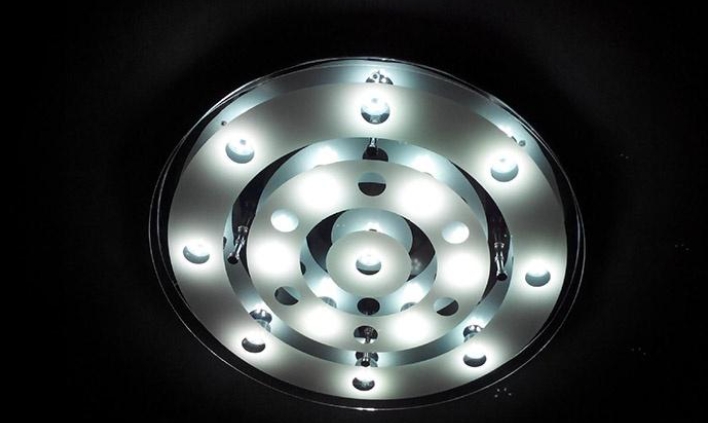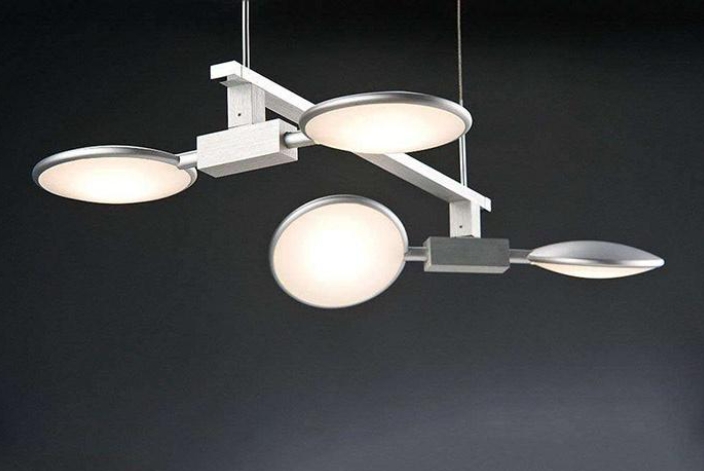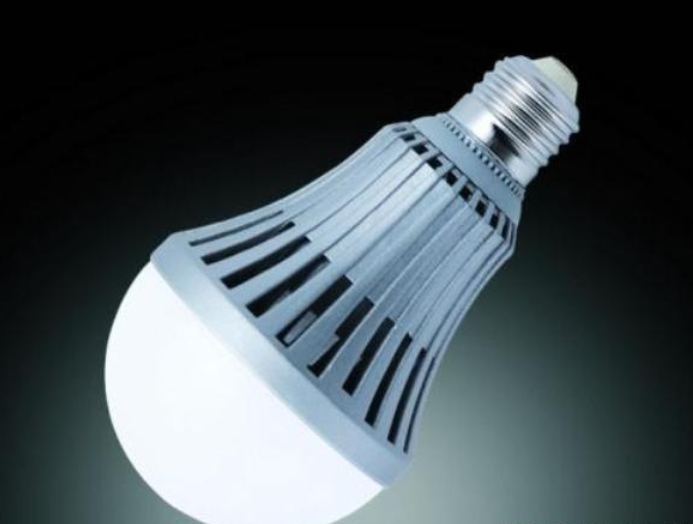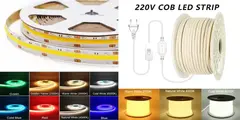Are brighter LED lights better?
LED lights are becoming increasingly common in homes, but some users still harbor misconceptions about their selection. They believe that the brighter the LED light, the better. This "brighter, the better" refers both to the quality of the lamp itself and to the required illumination in the space.
To address these misconceptions, I will discuss two aspects: the quality standards for LED lamps themselves and the illumination requirements for lighting fixtures in various spaces within the home.

Are brighter LED bulbs inherently better?
In the lighting market, it's not uncommon to find that some major brand LED bulbs may cost 50 or 60 yuan each, while some lesser-known brands may cost just over a dozen yuan, and the latter are often brighter than the former. Why is this so? Does it mean the latter are better value for money?
Of course not! There are many factors to consider when choosing an LED bulb, such as wattage, luminous efficacy, color temperature, color rendering, flicker, and lifespan. (Luminous efficacy, in layman's terms, refers to the ability to convert electrical energy into light. For the same wattage, higher luminous efficacy results in higher illumination. Currently, the luminous efficacy of LED bulbs ranges from 60 to 160 lumens per watt.)
For example, for two different brands of LED bulbs, all other factors being equal, higher luminous efficacy and color rendering are preferred, while lower flicker is preferred. For example, if two LED bulbs of different brands have the same appearance, wattage and color rendering, one has a luminous efficiency of 60lm/w and the other has a luminous efficiency of 120lm/w, it means that the latter can provide more illuminance with the same energy consumption.

Of course, as we mentioned earlier, there are many factors to consider when choosing lighting. For example, the living room and study need to be brighter, while the dining room requires high color rendering, and the bedroom needs a warm, yellow light.
What wattage LED lamp is suitable for each space in the home?
Living room LED lamp: 60-150W, 100-300LX illumination, primarily warm white light, and a color rendering index of Ra>80 is sufficient.
Bedroom LED lamp: 13-50W, 75-150LX illumination, primarily warm yellow light, and a color rendering index of Ra>80 is sufficient.
Kitchen LED lamp: 3-38W, 100-150LX illumination, primarily white light, and a color rendering index of Ra>80 is sufficient.
Elderly room LED lamp: 25-100W, 85-250LX illumination, primarily warm white light, and a color rendering index of Ra>90 is sufficient.

Children's room LED lights: 13-70W, 75-180LX illumination, predominantly warm yellow color temperature, and a color rendering index (Ra) > 80.
The above are recommended wattages for LED lamps in various spaces throughout the home. Brighter is not necessarily better. You can adjust the wattage based on the shade material and light-blocking properties of your lamps.





